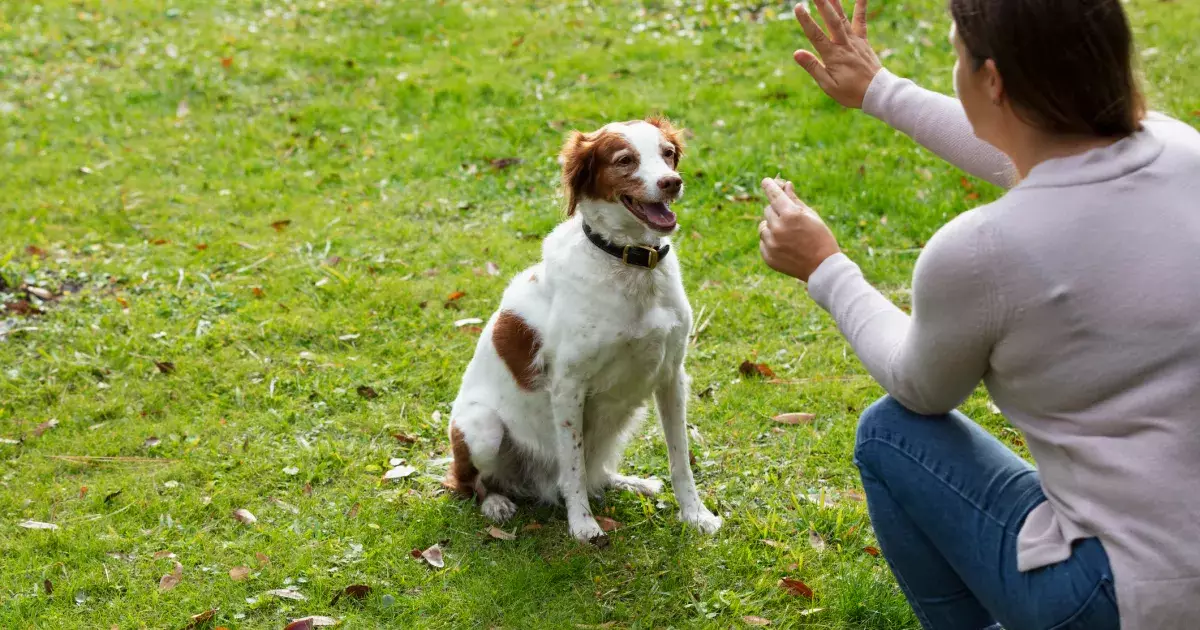Training a deaf dog may appear challenging, but with the right approach, it can transform into a deeply gratifying endeavor. By harnessing visual signals, positive reinforcement, and innovative tools, you can foster a remarkable relationship with your canine companion. This article will delve into effective techniques to train your deaf dog, paving the way for seamless communication and enhancing your bond.
When it comes to communicating with a deaf dog, conventional methods using sounds won’t be effective. Instead, you will need to embrace visual cues that allow for a language of movement and light. Visual signals act as the cornerstone of training deaf dogs, enabling them to interpret commands, expectations, and praise.
Start with using distinct and clear hand gestures. Each command should be associated with a specific motion. For instance, a fist may signify “stay,” while an upward thrust of an open palm could mean “jump.” Ensuring consistency is essential; using the same gestures in similar contexts will help your dog understand better over time. Reinforce these commands with rewards like treats or affection, which will encourage your dog to engage actively.
Additionally, incorporating light signals can enhance communication. By using colored lights or flashlights, you can signal important messages—like mealtime or playtime. This reinforces the idea that certain visual cues correspond to specific actions, thereby facilitating a better understanding of the routine.
Given the auditory limitations of deaf dogs, alternative solutions—including vibrations—become crucial for effective training. Stimulating vibrations can act as a prompt and capture their attention when needed. For instance, lightly stomping your foot on the ground can generate vibrations that your dog will notice, directing their focus toward you.
For a more structured approach, consider investing in vibrating collars specifically designed for deaf dogs. These collars deliver a gentle vibration to alert your dog without the use of sound. When used consistently, your dog will begin to associate the vibrations with commands, enhancing their responsiveness and overall understanding of your training methods.
Positive reinforcement remains a powerful tool when training any dog, including those with hearing disabilities. This approach not only motivates your pup but also fosters a positive learning environment. Using rewards such as treats, toys, or affection creates an enjoyable atmosphere that encourages your dog to repeat the behaviors you wish to reinforce.
When rewarding, select small treats that your deaf dog can consume quickly, ensuring they can receive immediate gratification for their actions. Coupling the reward with a specific hand signal creates stronger associations between the action and the reward, leading to improved learning outcomes.
In addition, your body language plays a significant role in related communication. Indulging in playful gestures or an animated facial expression emphasizes positivity, reminding your dog that they are valued and loved. Engaging in interactive games during training sessions can not only make the process enjoyable but also solidify the connection between commands and positive experiences through play.
In your journey to train a deaf dog, a variety of specialized tools can amplify success. Emphasizing visual and tactile communication aids will optimize your training experience.
Visual cue tools, such as light-emitting clickers, can replace traditional clickers. Each flash or light can draw your dog’s attention and be paired with treats to reinforce good behavior. Similarly, the use of colored flags can signify various commands, offering an additional layer of communication that enhances the effectiveness of visual cues.
Additionally, consider teaching your dog specific signs through a form of sign language tailored for dogs. This method allows you to establish a unique communication system between you and your pup. Whether you opt to utilize American Sign Language signs or create your own gestures, maintaining uniformity among all individuals involved in the dog’s training is critical for consistency.
Every dog is unique, and training a deaf dog often requires a high degree of patience and understanding. By recognizing that adjustments may be necessary throughout the training process, you can ensure your methods are tailored to meet your dog’s individual needs.
Ultimately, successfully training a deaf dog encompasses more than simply conveying commands; it involves building a strong, trusting relationship that empowers both you and your canine companion. By dedicating time and effort to implement these techniques, you can cultivate an environment where your dog thrives.
Training a deaf dog may initially feel daunting, but with practice and dedication, you will not only witness their growth and obedience but also forge a unique bond that transcends traditional communication barriers. Embrace the journey, and together, you and your deaf dog will thrive in both training and companionship.

